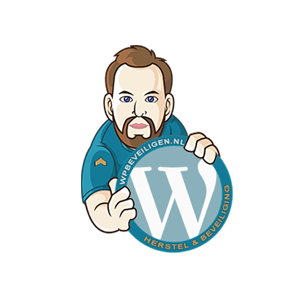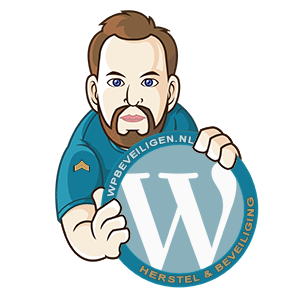Scoring in Google
Scoring in Google is a much-discussed topic. Many theories and articles have been written about the system Google uses to determine the quality of a website.
With years of experience as website builders, we have listed some factors that Google takes into account:
Factors that determine the quality of your website
- Inbound links to your website
This is the most well-known way Google calculates your PageRank. Whether you build a large network or receive recommendations (backlinks) from other businesses or websites, it indicates if your website is truly important or has something to offer. The process of obtaining links and making your website more important and well-known is called “link building.” It’s essential not to confuse this with spamming forums and websites. Google’s engine assesses the relevance of the linked websites, and based on that information, assigns value to your website. - Number of pages or articles
When Google’s engine, also called the Crawler, reads your website, it looks at the number of links and articles within it. This helps Google determine if attention has been paid to the website and whether visitors won’t hit a dead end if they don’t immediately find the answer, product, or service they are looking for. - Links to other websites
Links to other useful websites are essential to guide visitors in the right direction to find what they need on the internet. By placing valuable links, you add value to the quality of the pages that collectively form your website. - Good coding
Clear and good coding ensures that visitors can read your website well and have a pleasant experience. Since Google aims to ensure that a visitor finds what they are looking for, it also assesses if the website is well-structured. Websites with good code formatting will rank higher in the search engine compared to poorly programmed websites. To check if your website has good coding, you can use the W3C – Markup Validation Service to perform a free validation. - Use of Text Formatting, Tags like H1, H3, Bold, and Italic
Text formatting makes it easier for the visitor to find what is important or what they are looking for. Visitors do not want to read the entire page like a book; they often have a specific goal and only want to read the relevant information. Text formatting ensures that the eye is drawn to the most important information being sought.
In particular, the use of large titles is crucial! Titles marked with H1-H3 codes are significant. For example, above this list, you see the title “Factors that determine the quality of your website,” which is an H3 tag accompanying the content. The most important title should be H1, ideally placed at the top of the website, summarizing what your website is about.

